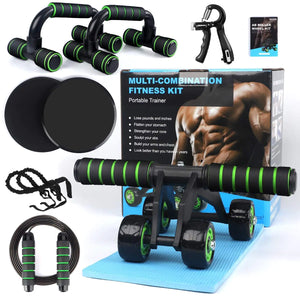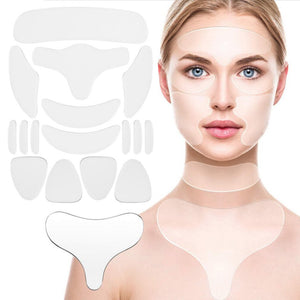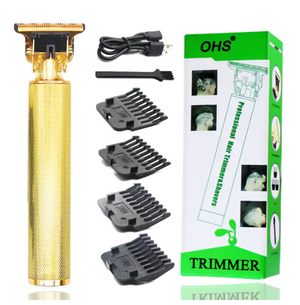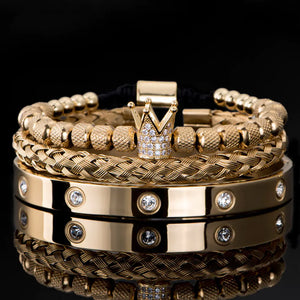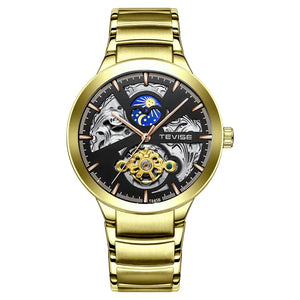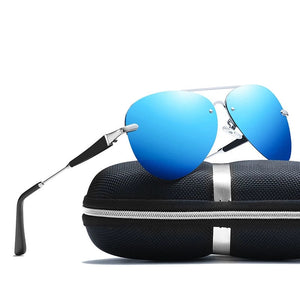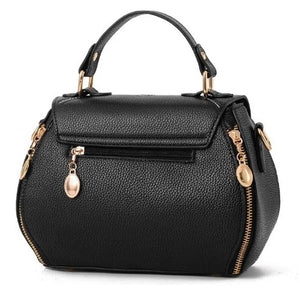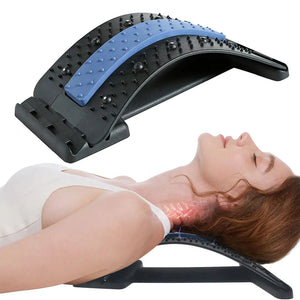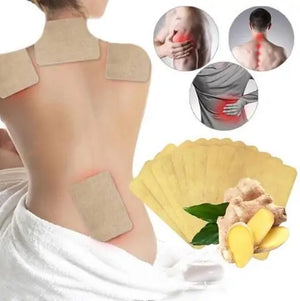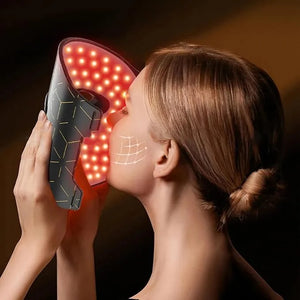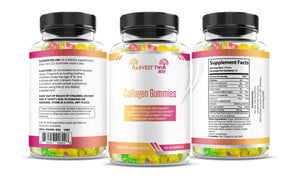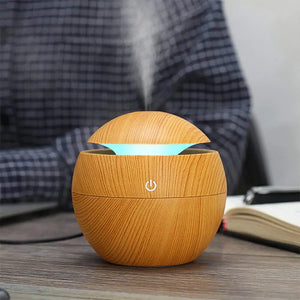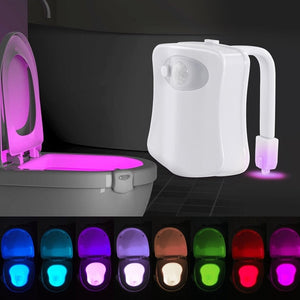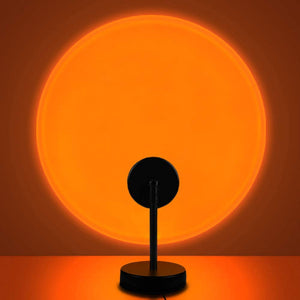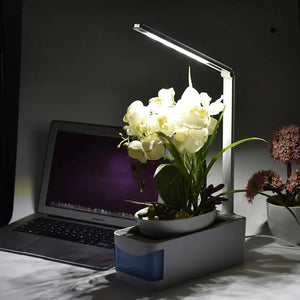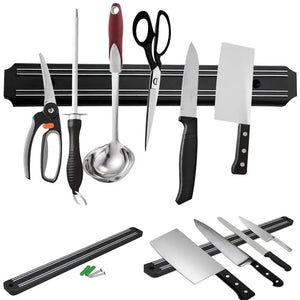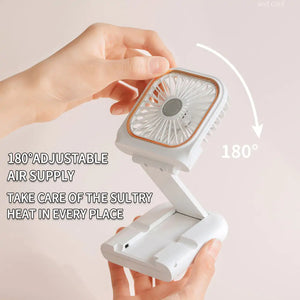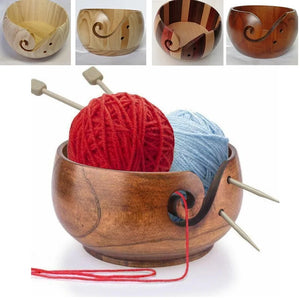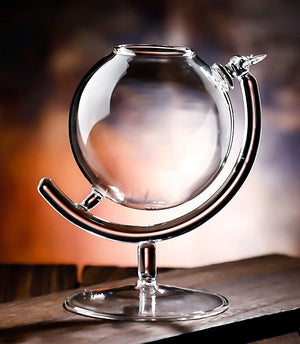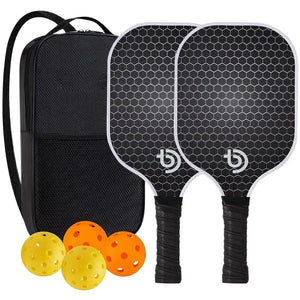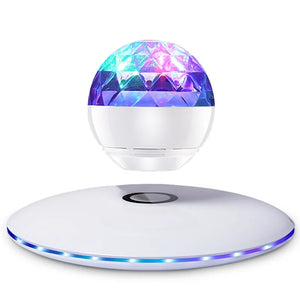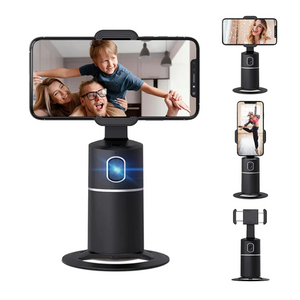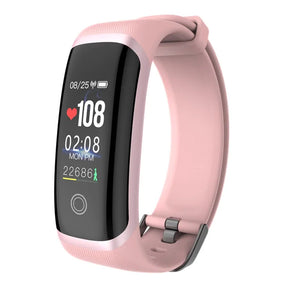
For years, we’ve been told to treat the sun like an enemy – slather on SPF 50, wear long sleeves, and avoid direct rays at all costs.
And while it’s true that too much ultraviolet (UV) exposure can accelerate skin aging and raise the risk of skin cancer, the staff here at Nifty Cool Stuff, our online lifestyle store, has found that newer research suggests the story isn’t so one-sided.
Moderate sun exposure may actually provide surprising benefits, from lowering blood pressure to boosting mood.
The key is finding balance – and using tools like sunglasses and smart Vitamin D intake to make those benefits more efficient and safer.

Why Sunlight Isn’t All Bad
The sun’s rays do more than warm the earth – they play a vital role in human health. Studies have shown that spending time outdoors in natural light is associated with:
- Better heart health: Exposure to sunlight helps the skin release nitric oxide, a compound that relaxes blood vessels and lowers blood pressure. This could partly explain why heart problems are more common in the winter months, when daylight is scarce.
- Stronger immunity: UV light has been linked to immune regulation. In one study, patients with multiple sclerosis showed reduced inflammation after controlled UVB exposure. Other research suggests that conditions like eczema and psoriasis may also improve with sun exposure.

- Enhanced mood: Sunshine can boost serotonin levels, a neurotransmitter that helps regulate mood. This might be why many people feel happier and more energized in the summer.
- Potential longevity: A 20-year study of nearly 30,000 Swedish women found that those who regularly sought the sun lived longer, even though they had higher rates of melanoma compared to sun avoiders.
These findings don’t erase the risks of sun damage, but they do highlight a more nuanced view: some sunlight, in moderation, may be essential for optimal health.

Vitamin D: The Famous Sunlight Nutrient
One of the best-known benefits of sun exposure is Vitamin D production. When UVB rays hit the skin, they trigger the body to synthesize this essential nutrient, which supports strong bones, regulates calcium, and plays roles in heart and immune health.
For a long time, supplements were considered a simple substitute for sunshine. But large clinical trials in recent years have challenged that idea. Studies found that Vitamin D pills didn’t significantly reduce the risk of diabetes, cancer, or heart disease, suggesting that sunlight itself may deliver health effects beyond just Vitamin D.

That said, Vitamin D supplements and fortified foods are still valuable – especially for people who live in northern climates, spend little time outdoors, or have conditions that limit sun exposure. But supplements should be viewed as part of a bigger picture, not a replacement for natural light.
Where Sunglasses Come In
Here’s a twist: sunglasses, often thought of only as fashion accessories, can actually make sun exposure healthier.
While we want to benefit from the sun’s rays, UV light is damaging to the eyes, increasing the risk of cataracts, macular degeneration, and even cancer of the eyelids. Quality sunglasses that block 100% of UVA and UVB rays allow you to spend more time outdoors safely, without compromising eye health.

By protecting your vision, sunglasses let you enjoy outdoor activities – whether walking, gardening, or exercising – in comfort.
And since many of the sun’s benefits are indirect (more movement, more nature, more mood-boosting light), sunglasses help you take advantage of those perks without trade-offs.

How to Get the Balance Right
The challenge is simple: soak up the benefits while minimizing the risks. Here are some practical strategies:
- Time your sun exposure. Aim for brief periods in the morning or late afternoon, when UV rays are less intense. Midday sun, between 10 a.m. and 2 p.m., carries the greatest risk.
- Protect skin smartly. Use sunscreen on high-risk areas like the face, shoulders, and arms if you’ll be outside for extended periods. Wide-brimmed hats and UV-protective clothing can add an extra layer of safety.

- Wear sunglasses consistently. Protect your eyes anytime you’re outdoors in daylight, even on cloudy days. Look for labels that specify 100% UV protection.
- Mind your personal risk factors. Fair skin, family history of melanoma, or certain medications can all increase sensitivity to UV rays. Adjust your habits accordingly.
- Support with Vitamin D. If you live in a low-sunlight area or avoid the sun for health reasons, consider Vitamin D supplements after discussing with your doctor.

Conclusion
The conversation about sun exposure is shifting from fear to balance. Too much sun, unprotected, is undeniably harmful.
But avoiding it completely may also come at a cost. With mindful habits – using sunscreen and sunglasses, timing your exposure, and supplementing Vitamin D when necessary – you can maximize the sun’s benefits while keeping its risks at bay.

Nifty Cool Stuff believes the goal isn’t ‘never step outside without SPF 50,’ but instead in practicing moderate, thoughtful sun exposure. In other words, the sun isn’t the enemy – it’s a resource.
In compliance with this philosophy, we only carry shades that are polarized and/or provide UV400 protection. Feel free to check them out in our Sunglasses section.

Treat it with respect, protect yourself wisely, and you may find that sunshine truly is the best medicine.









